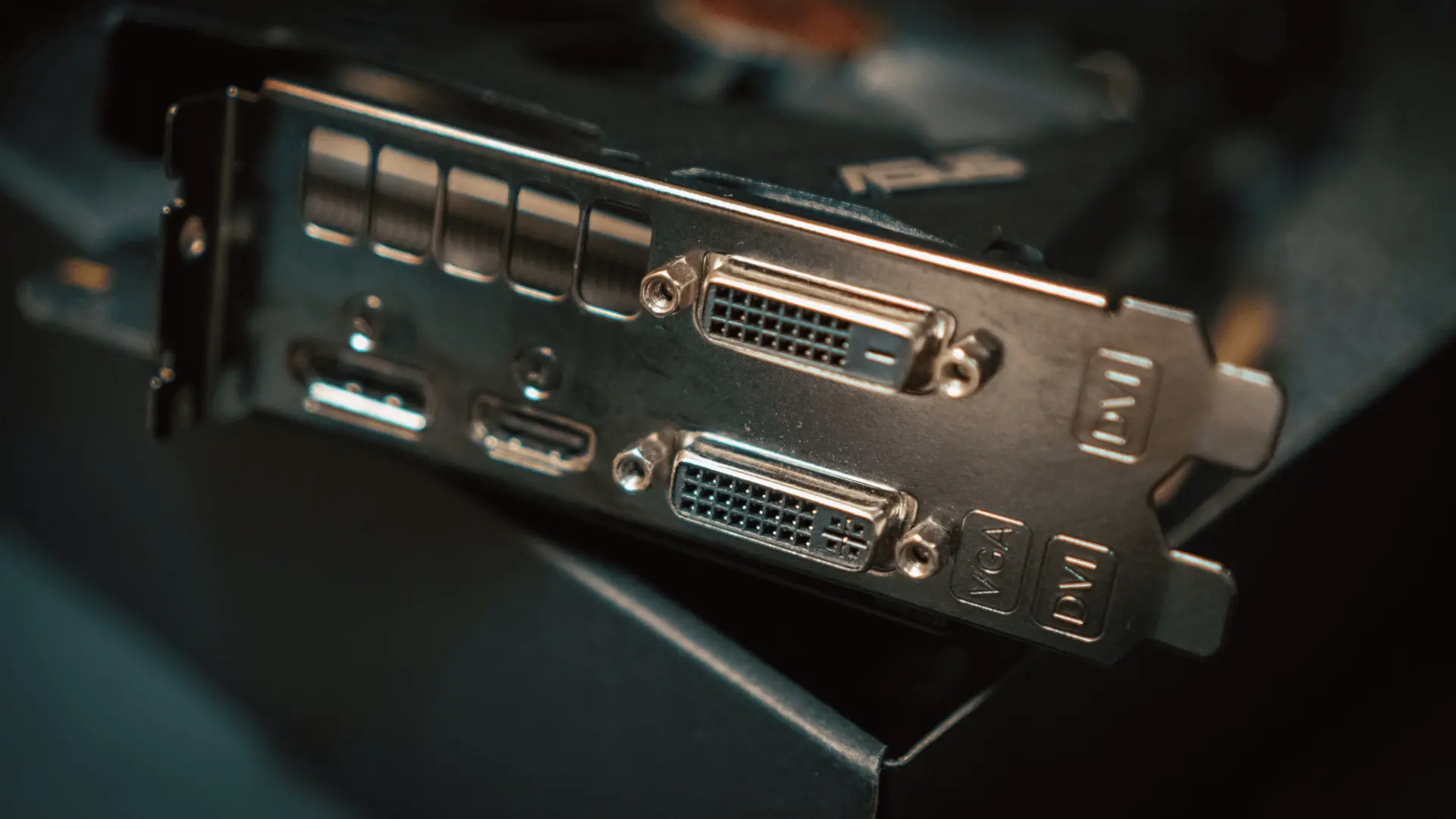When it comes to connecting your computer, TV, or other device to a display, you have a few different options. Two of the most common are HDMI (High-Definition Multimedia Interface) and DisplayPort. Both are widely used and offer their own set of benefits and drawbacks.
Here's a comparison of HDMI and DisplayPort to help you decide which is the best choice for your needs.
One of the key considerations when looking at HDMI and DisplayPort are the versions supported by both the devices, the cable, and the resolution/refresh rate of the display. It's important that you find a solution that meets or exceeds your requirements.
HDMI
First, let's take a look at HDMI. HDMI is a popular choice for connecting devices to TVs, as it can transmit both audio and video signals. It's also widely supported by a variety of devices, including computers, gaming consoles, and Blu-ray players. HDMI cables are also relatively inexpensive and widely available, making them a convenient choice for many users.
One potential drawback of HDMI is that it is limited to a maximum resolution of 4K at 60Hz, with the exception of HDMI v2.1 which can reach 120Hz at 4K resolution or 60Hz at 8K. This may not be a problem for most users, but if you need higher resolutions or faster refresh rates, HDMI may not be the best choice.
| Version | Bandwidth | Max Supported Resolution | Max Refresh Rate at Max Resolution |
|---|---|---|---|
| 1.4 | 10.2Gbps | 4K | 30Hz |
| 2.0 | 18Gbps | 4K | 60Hz |
| 2.1 | 48Gbps | 8K | 60Hz |
DisplayPort
Now let's consider DisplayPort. DisplayPort is a digital display interface that is primarily used to connect computers to monitors, but it can also be used to connect other devices. One of the main advantages of DisplayPort is its support for higher resolutions and refresh rates. It can support resolutions up to 8K at 120Hz (in v2.0), making it a good choice for users who need a high-quality display.
However, DisplayPort cables can be more expensive than HDMI cables, and they may not be as widely available. Additionally, not all devices support DisplayPort, so you'll need to make sure that your device is compatible before making the switch.
Here is a breakdown of DisplayPort versions and their capabilities:
| Version | Bandwidth | Max Supported Resolution | Max Refresh Rate at Max Resolution |
|---|---|---|---|
| 1.2 | 17.28 Gbps | 4K | 60Hz |
| 1.3 | 32.4Gbps | 8K | 30Hz |
| 1.4 | 32.4Gbps | 8K | 60Hz |
| 2.0 | 80Gbps | 8K | 120Hz |
Conclusion
In conclusion, both HDMI and DisplayPort have their own set of benefits and drawbacks. HDMI is a widely supported, convenient, and inexpensive option for connecting devices to TVs, but it may not be suitable for users who need higher resolutions or faster refresh rates. DisplayPort, on the other hand, is a good choice for users who need a high-quality display, but it may be more expensive and less widely supported.
Ultimately, the best choice for you will depend on your specific needs and the devices you are using.
